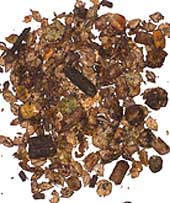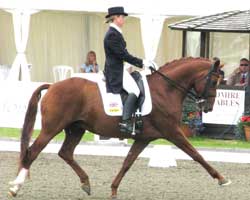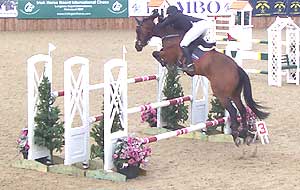
Horse Feed - Advice about choosing the best equine mix
 Choosing the right balance of feed for your horse
or pony is an art for which you may need expert advice
about. Today there are many horse feed suppliers who
manufacture scientifically formulated and balanced compound mixes
of grains and ingredients such as sugar beet, oats,
garlic, maize and molasses to provide the optimum equine nutrition
whether your horse competes in equestrian events, goes
trail riding, is in foal, or simply is a veteran
horse enjoying his retirement
Choosing the right balance of feed for your horse
or pony is an art for which you may need expert advice
about. Today there are many horse feed suppliers who
manufacture scientifically formulated and balanced compound mixes
of grains and ingredients such as sugar beet, oats,
garlic, maize and molasses to provide the optimum equine nutrition
whether your horse competes in equestrian events, goes
trail riding, is in foal, or simply is a veteran
horse enjoying his retirement
These compound equine feeds aim to provide highly digestible forms of energy and protein in the right proportions according to your horse's type, workload and nutritional needs.
COMMON INGREDIENTS OF MANUFACTURED HORSE FEED MIXES
The ingredients of these pre-mixed horse feeds can contain various ingredients including bruised oats, barley, flaked maize, cooked cereals, chaff, alfalfa, molasses, oils, micronised soya, micronised peas, soya oil and sugar beet pulp.
They can also often be fortified with a range of vitamins, minerals, electrolytes, omega 3 oils and anti-inflammatory ingredients.
ADVANTAGES OF FEEDING MIXES TO A HORSE
The advantage of feeding these equine mixes is that you know that you will be feeding the right nutritional balance to your horse. In addition there is the benefit of not having to store several different types of horse feed.
Although designed to be fed as a complete food, chaff and or sugar beet
can be added to provide bulk and fibre
to your horse or pony's diet.
When choosing a horse feed mix it is important to check that it contains a full range of vitamins ,minerals and nutrients.
Be aware that if you are using a cheaper or budget horse feed, it may contain lower levels of the more expensive vitamins to keep manufacturers costs down - compare the ingredients listed on the bags of different brands before you buy.
DIFFERENT TYPES OF MIXES FOR HORSES
Mixes are formulated for different purposes.
Competition mixes are a quick release high energy mix full of nutrients which help to promote stamina during equestrian events.
Show and Conditioning mixes are formulated to produce a slow release of energy and to produce a shine to the horse's coat.
Cool Mixes are non- heating for excitable horses and ponies and are low in sugar and starch
Veteran/Senior Horse feeds usually include easily digestible, non-heating calories to promote condition in the older horse. Also amino acids, vitamins and oils to repair tissue wear and tear - they may also include natural anti-inflammatories.
Stud Mixes are an energy dense feed for mares in foal, lactating mares, and foals from 3 months to yearlings. They maintain condition and provide for foetal growth -usually fortified with vitamins minerals and amino acids.
Other equine feeds include working, dressage, oat-free, top-line, economy, endurance, pasture, herbal, racehorse and other mixes.
Some of these foods are described in greater detail below:
|
|
UK Horse feed suppliers
Berkshire Cambridgeshire Cornwall Derbyshire Devon Dorset Essex Hampshire Kent Middlesex Norfolk Somerset Suffolk Surrey SussexHORSE CARE ADVICE AND EQUESTRIAN ARTICLES
Angleberry - wart virus horses | Bran mashes for Horses | Livery Yards West Sussex | Laminitis | Horse bedding | Why horses eat mud | Vegetables for horses | Linseed Jelly | Eye problems Horses | Selenium | Equine Dentistry | Horse Hound | Arnica Bruised Soles | Hay Steamers | White Line Disease | Diarrhea in horses | Strangles Symptoms | Moody Mare Supplement | Horse Sarcoids | Horse on Box Rest | Using Standing Martingale |

